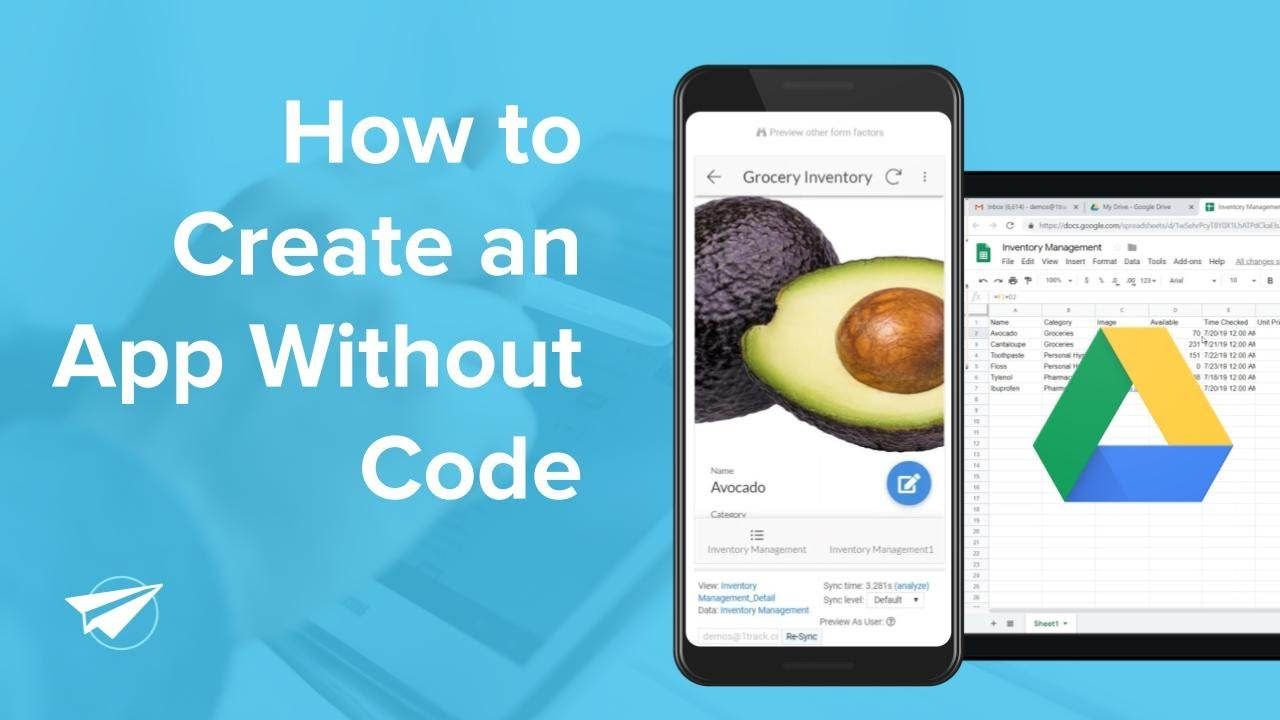Any small business can design its own custom software using no-code apps to broaden its audience and improve customer experience.
Apps are becoming a more powerful force in the world of business. Consumers are expected to spend $170 billion on apps in 2021, up 19% from the previous year. Applications account for roughly 87 percent of users' time on mobile devices, and unlike websites, which are normally free to use, many apps require payment.
When you consider the advantages of applications versus web browsers, such numbers aren't surprising. Apps are more user-friendly and pleasing to the eye. The information adapts properly to various screen sizes, loads faster, and navigation is more natural. A device's hardware, such as the accelerometer or camera, can also be used by some apps.
Faster load speeds are extremely important, as 40% of website visitors will abandon a site if it takes longer than three seconds to load. Checkout operations are also smoother on a mobile device than on a browser. Apps are eating into the revenue of websites for all of these reasons and more. According to JMango360, 40.4 percent of all consumers make additional purchases after downloading a company's e-commerce app.
Apps also reach out to a hitherto untapped customer base. Websites cast a wide net and frequently reach the uninitiated. Apps are significantly more effective for clients seeking richer, more engaging content. Younger users, on the other hand, are twice as likely as those over 45 to use apps. That's a sizable chunk of the market you've got there.
Having said that, small businesses may not be able to afford to hire someone to design a mobile app. There is another possibility in those situations.
The progressive web app is here to help.
A progressive web app is a recent method (PWA). There are numerous advantages to using these apps. They're simple to create, distribute, and access, and businesses can utilize them for a variety of objectives. Automatic updates, fast downloads, and offline use are all available. PWAs can also be utilized on any device, unlike native apps.
Of course, PWAs aren't ideal for every small business; it all depends on whether the app will use the device's native features. PWAs, on the other hand, cannot access a device's Bluetooth connection or camera. A native app may be a better option if you require additional security or incredibly quick performance.
Given the financial benefits of apps and the arrival of Progressive Web Apps, it seems like a no-brainer that small and medium-sized business owners would rush to develop their own software. However, hiring a qualified developer might be challenging at times. Even if you do find one, their costs may be out of your price range.
Fortunately, business owners can use a no-code method to complete the task without spending a fortune.
Become a part of the no-code future.
These days, apps are crucial to corporate strategy, and with no-code solutions available, there's no excuse not to have one up and running for your company. You may create an app with little to no coding and capture more market share by conducting some research, leveraging a PWA solution, selecting a platform that works for your company's needs, and assembling a strong team.
But don't wait too long; your competitors have the same choice. It's very simple to get started with mobile app development. Soon, you'll be reaping the benefits of greater brand recognition and consumer loyalty that come with an app — without the high cost of establishing a native app.
